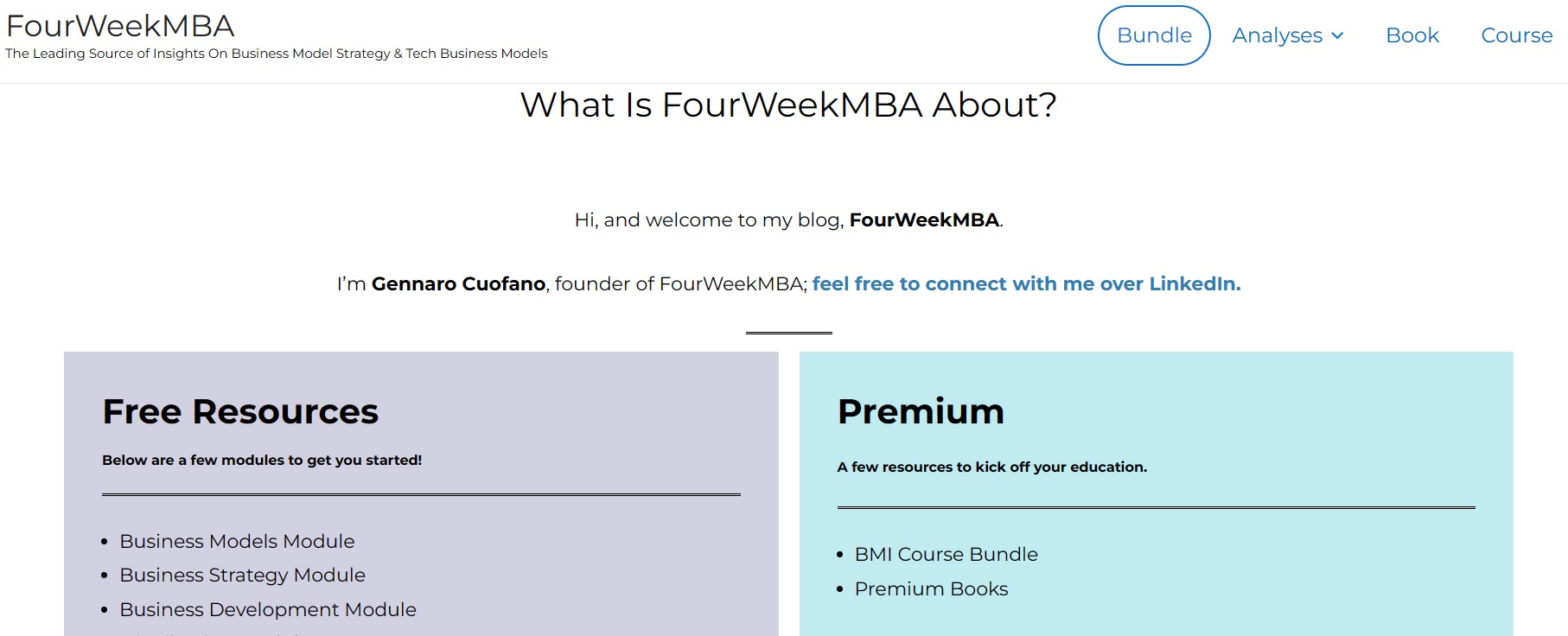What are the 4 Processes of Innovation?
The innovation process comprises multiple stages that transform creative ideas into viable products or services.
First, the idea generation phase entails brainstorming and assessing the potential of novel concepts.
For example, an e-commerce company might explore various strategies to refine its website’s user experience to boost sales. Subsequently, these concepts undergo rigorous scrutiny, including market research and feasibility studies, to refine them further. A tech firm might conduct thorough user testing to polish a new app. Successful ideas then progress to the development stage, shaped into market-ready solutions. Lastly, marketing and sales channels are activated during the implementation phase to ensure the product reaches the intended audience, such as a retail firm launching a wide-reaching promotional campaign for a novel item.
Idea Generation: Sparking Innovation

Idea generation is the developing step of innovation, where brainstorming yields a reservoir of potential improvements or novelties. This phase’s significance is unparalleled within the tech sphere as companies evaluate their insights through client interaction and thorough market analysis, developing robust strategies for new offerings. In software, this could mean comprehensive user consultations to hone a new application.
At this juncture, the focus shifts to solidifying the product, specifying technical features, and streamlining production methods.
Finally, the market-readiness phase is concerned with making innovation accessible. A retail entity, for instance, might employ a vigorous marketing plan to ensure visibility and reach for a new product. Each stage is pivotal in nurturing business advancement, requiring an organized and systematic strategy.
From Ideas to Concepts: Crafting the Vision

Transitioning from ideas to tangible concepts is paramount in the innovative journey. The second phase delves deep into analysis, where consumer needs are at the forefront, often employing the business model canvas as a visual aid. Here, ideas mature through iterative processes infused with customer feedback. During phase three, the outcome is a market-primed solution. This entails the birth of technical specifications and the transference of concepts for application and production.
The market phase then focuses on introducing the product to potential clients. Despite the method adopted, whether Stage-Gate, Design Thinking, or Scrum, structured management of these phases underpins successful innovation. Through meticulous planning and execution, each phase facilitates value creation and bolsters innovative outcomes.
Developing and Prototyping Solutions

Pilot and Refinement
The Pilot phase is instrumental in developing and internal testing solutions before public release. A technological firm, for instance, may initiate a new feature within its ranks to pinpoint and address any kinks before a wider rollout. Upon meeting internal standards, the product moves into the Refinement stage, where ongoing consumer input is instrumental in polishing the offering.
For example, a fashion label may introduce a clothing series, gather consumer remarks, and modify design elements accordingly. These phases hone the product or service to ensure it resonates with consumer expectations, thus paving the way for a triumphant market debut.
Finalizing the Innovation for Market Launch
The culmination of the innovation journey is the finalization of the market introduction. After navigating the preceding phases, the focus narrows to customer-reach strategies, inventory management, and sales logistics. A tech enterprise, for example, may refine the user interface for seamless user interaction, while a fashion conglomerate ensures streamlined supply chains for consistent product availability.
No matter the sector, the finalization stage is vital; it’s the phase where the conceptual morphs into the tangible, setting the stage for the innovation’s market presence.
Understanding Frameworks Supporting Innovation
Incorporating the FourWeekMBA Model

The FourWeekMBA Model fosters structured innovation through stages that encompass conceptualizing to market implementation. It advocates for customer-centric approaches where businesses observe and address client issues. As ideas crystallize, methods like the business model canvas facilitate visual brainstorming, leading to insightful customer solutions. The process further involves prototyping, learning from market feedback, and refining and implementing the prime solutions.
By sticking to an organized framework, companies optimize their return on investment by addressing complex needs through dynamic innovations.
Adopting the VTDF Tech Model
The VTDF Tech Model champions a methodical innovation process. It begins with scrutiny of consumer experiences to discover unmet needs, followed by ideation, where the business model canvas translates insights into profitable avenues. During implementation, a lean development ethos enables rapid prototyping and immediate market feedback incorporation. The model frames innovation as an iterative cycle where market-refined products result from continuous learning and adaptability.
Utilizing the Lean Startup Approach
The Lean Startup Approach aligns with the innovation lifecycle, commencing with idea sourcing and prioritization. Concepts are swiftly tested through minimum viable products (MVPs), encapsulating customer reactions and furnishing insights for concept enrichment. The lean ideology guides development as solutions mature, honing products for market suitability.
The methodology becomes instrumental in strategizing product distribution and engagement tactics, exemplifying the systematic pursuit of continuous innovation.
Agile and Blitzscaling Strategies
Both Agile and Blitzscaling strategies offer unique approaches to fostering innovation. Agile emphasizes iterative progress through cross-functional teamwork, potentially within brisk sprint cycles, often seen in software expansions that rapidly evolve from user feedback. Conversely, Blitzscaling prioritizes accelerated startup scaling through rapid hiring and extensive market penetration.
These diverse models underscore that innovation tactics vary following a company’s objectives, aiding in consistent growth and innovation.
Frameworks Related to Innovation

The Business Model Canvas Explained
The Business Model Canvas is an essential theoretical framework that supports the concept phase through idea examination and opportunity visualization. Its iterative nature ensures business models are continually adapted, enhancing innovative outcomes. Subsequent testing and refinements steer ideas toward readiness for public consumption. Iteration is a core aspect of these stages, underlining that innovation is a progression rather than an isolated occurrence.
Comparing Comprehensive Business Model Analyses
When dissecting comprehensive business models, the canvas tool emerges as a cornerstone for analyzing ideas and mapping customer needs during the conceptual stage. As firms advance towards solution development and market preparation, staying focused on end-user benefits is imperative, ensuring a robust market entry. Regardless of the management model in place, a systematic and reasonable approach enhances the potential for successful innovation.
Synthesizing Various Innovation Frameworks

Leveraging the 3C Model for Innovation Strategy
Adopting the 3C Model—context, content, and process—is fundamental for any organization’s innovation strategy. Initially, contextual analysis of market forces and consumer needs lays the groundwork for innovative pursuits applicable in different industries. The content phase entails creating solutions informed by consumer insights, while the process phase requires iterative market testing.
Corresponding to the four-step innovation model, this approach signifies a comprehensive method for bringing novel ideas to fruition.

Vizologi is a revolutionary AI-generated business strategy tool that offers its users access to advanced features to create and refine start-up ideas quickly.
It generates limitless business ideas, gains insights on markets and competitors, and automates business plan creation.
Vizologi
A generative AI business strategy tool to create business plans in 1 minute
FREE 7 days trial ‐ Get started in seconds
Try it free

